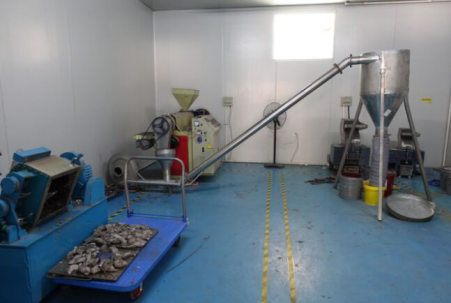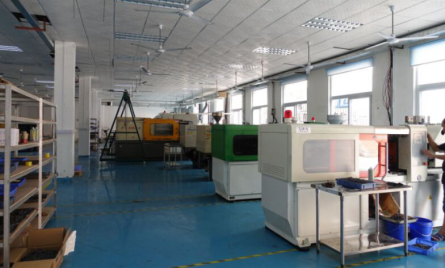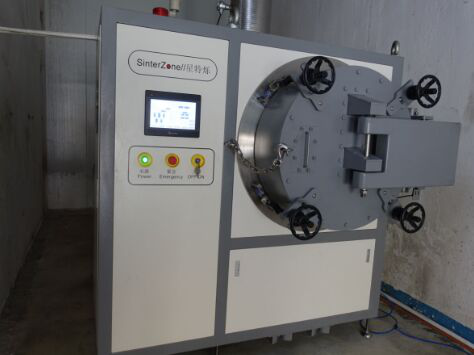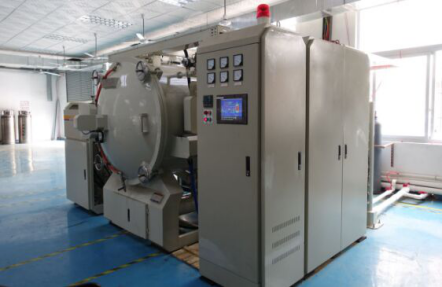1: Preparing the feedstock
The primary raw materials Metal Injection Molding are metal powders and a thermoplastic binder. The binder is only an intermediate processing aid and must be removed from the products after injection molding. The properties of the powder determine the final properties of the Metal Injection Molded product.
The blended powder mix is worked into the plastified binder at an elevated temperature using a kneader or shear roll extruder. The intermediate product is the so-called feedstock. It is usually granulated with granule sizes of several millimetres, as is common in the plastic injection molding industry.
Feedstock can either be purchased “ready to mold” from a variety of feedstock suppliers at home or abroad, or it can be manufactured in-house by a MIM producer if the necessary skills and knowledge are available. MDM has its own feedstock mixing room, we can produce some kinds of materials ourselves.

2: Injection molding
The ‘green’ MIM parts are formed in an injection molding process equivalent to the forming of plastic parts. The variety of part geometries that can be produced by this process is similar to the great variety of plastic components. We can choose injection machines from 20T to 200T according to the components size.

3: Binder removal
The subsequent binder removal process serves to obtain parts with an interconnected pore network without destroying the shape of the components. At the end of the binder removal process there is often still some binder present in the parts holding the metal powder particles together, but the pore network allows the evaporation of the residual binder quickly in the initial phase of sintering, at the same time as sintering necks start to grow between the metallic particles.

4: Sintering
The sintering process leads to the elimination of most of the pore volume formerly occupied by the binder. As a consequence, MIM parts exhibit a substantial shrinkage during sintering. The linear shrinkage is usually as high as 15 to 20%. If required, sintered MIM parts may be further processed by conventional metalworking processes such as heat treatments or surface treatments in the same way as cast or wrought parts.



